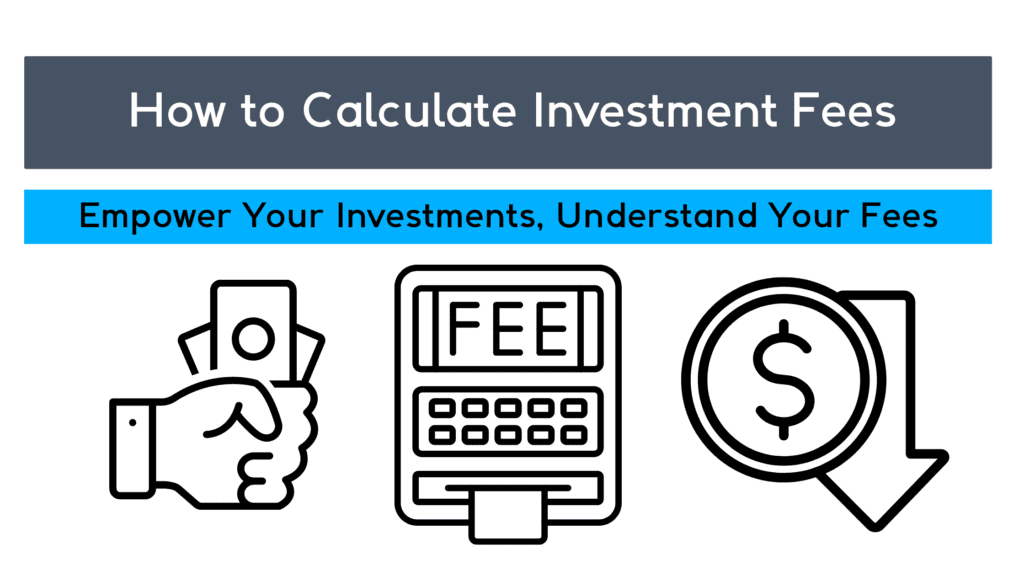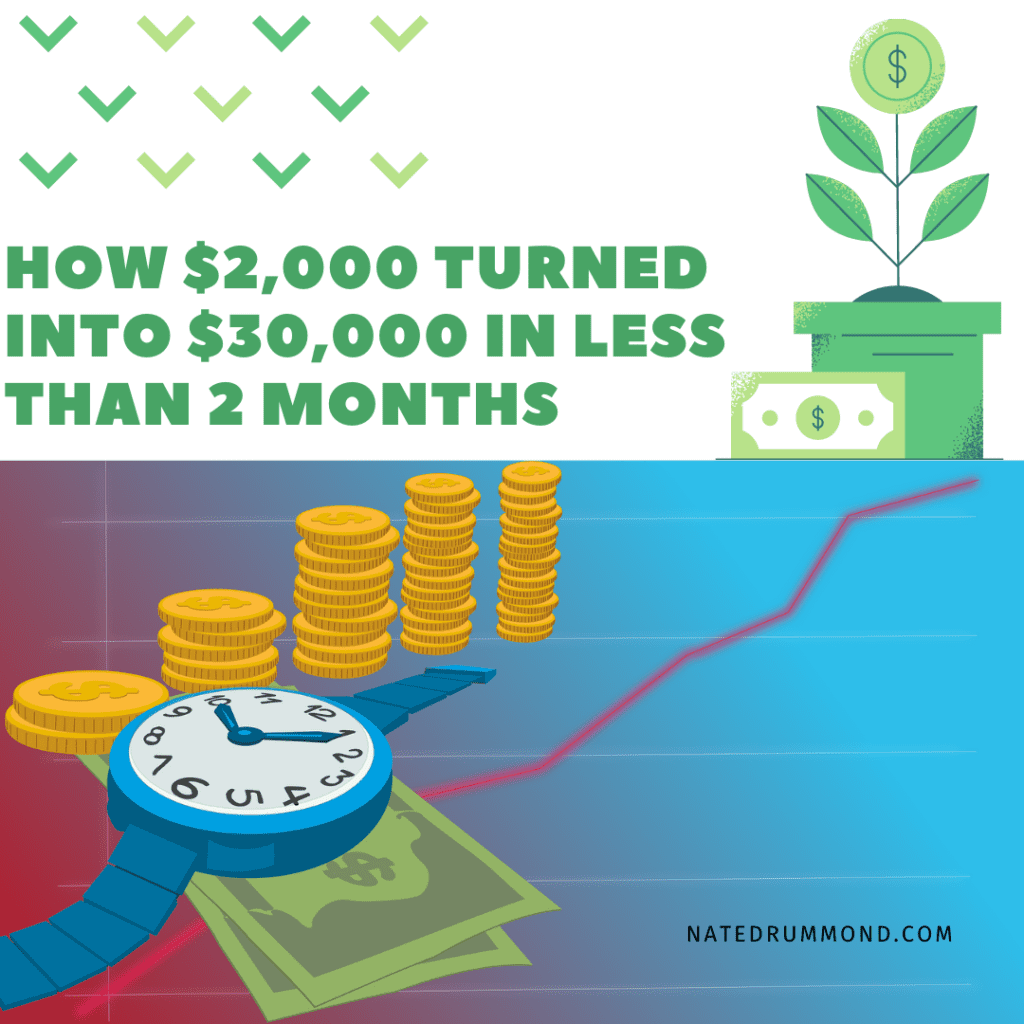How to Calculate Investment Fees: An Interactive Calculator and Guide
Investing can be a powerful way to grow your wealth, but it’s crucial to understand the costs involved. One of the key costs to consider is investment fees. These fees, whether they’re from mutual funds, ETFs (Exchange Traded Funds), or financial advisors, can significantly impact your returns.
To make this process easier, I’ve developed an interactive Investment Fee Comparison Calculator. This tool allows you to see the effects of different fee structures on your potential investment returns.
Whether you’re seeking investment advice, considering buying or selling funds, or simply want to understand the impact of a fund’s expense ratio, this calculator can help. It’s designed to provide a clear comparison of investment fees and their effect on your returns.
This tool is particularly useful if you’re considering mutual funds or ETFs, as it allows you to compare the impact of each fund’s expense ratio on your potential rate of return.
The Investment Fee Calculator is more than just a mutual fund fee calculator or an ETF fee calculator. It’s a comprehensive tool that takes into account the compounding effect of fees, making it an invaluable part of your financial planning process.
So, before you make your next investment decision, use the calculator to understand what you’re truly paying in fees.
Investment Fee Impact Calculator
How to Use the Investment Fee Impact Calculator
The calculator is designed to be user-friendly and requires no prior knowledge or experience. Simply input your initial investment amount, expected annual return, annual fee, and the number of years you plan to invest. If you wish, you can also compare two different funds by entering their respective fees. The calculator will then provide you with a detailed breakdown of your total investment return and the impact of the fees.
Here’s a step-by-step guide on how to use it:
Inputs
Initial Investment Amount: Enter the amount you plan to invest initially. This is your starting point for the calculation.
Expected Annual Return on Investment: This is the annual return you expect to earn on your investment. It’s expressed as a percentage. Over the past 30 years, the S&P 500 has returned on average 7.52% (inflation-adjusted) per annum (1993-2022) [1]. This is set as the default ROI, but you may change it to suit your needs.
Annual Fee for Fund Number One: Enter the annual fee charged by the first investment fund. This fee is also expressed as a percentage.
Annual Fee for Fund Number Two: If you want to compare two different funds, check the box that says “Compare to another fund that has a different fee?” and enter the annual fee for the second fund.
Number of Years for Growth: Enter the number of years you plan to hold your investment.
Compounding Frequency: Choose how often you expect your investment to compound. You can choose between yearly and monthly.
Outputs
Once you’ve entered all the necessary information, click on the “Calculate” button. The calculator will then display:
Total Investment Return for Fund Number One: This is the total return you’d earn from the first fund after the specified number of years, after accounting for the annual fee.
Total Investment Return for Fund Number Two: If you chose to compare two funds, this is the total return you’d earn from the second fund after the specified number of years, after accounting for the annual fee.
Impact of Changing Fees: The calculator will show you how much the total investment return increases or decreases when you change the investment fee between Fund One and Fund Two.





